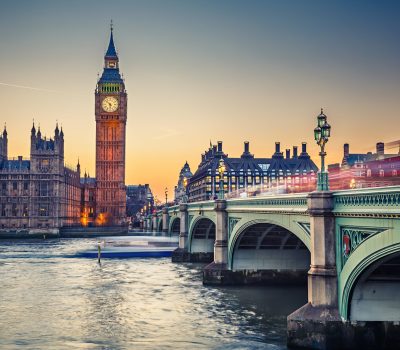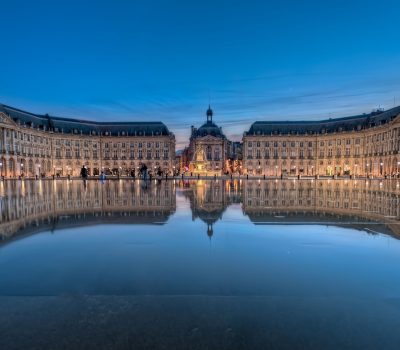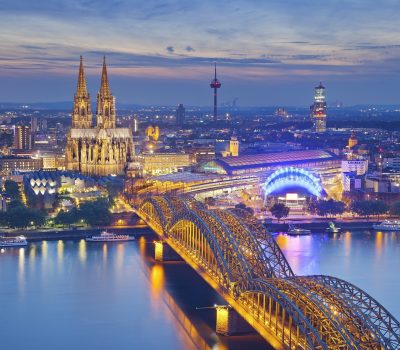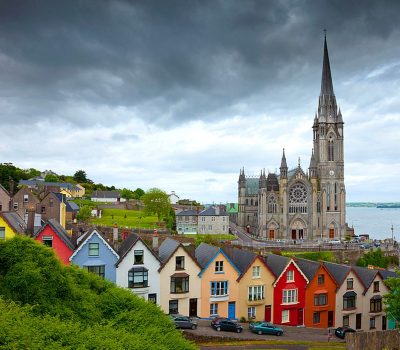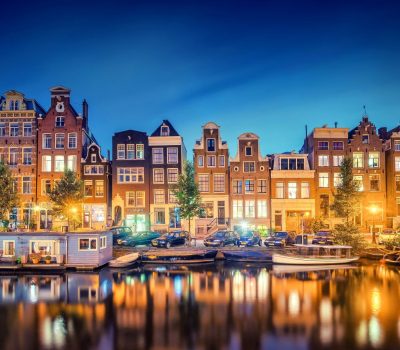Itineraries
- Home
- Itineraries
All of our trip packages are customized, so we do not have group tours to join, save for our small group Italy gourmet and culture tours. This means that all of our tours are personalized according to your interests and needs. Below you will find some suggested itineraries to give you ideas and an understanding of how our tours work.
This list is arranged by tour length, if you already have an idea of where you want to go, choose from our destination countries, or browse the trip ideas section, where you’ll find itineraries broken down by region.
Click on each itinerary’s “price guide” tab to get an approximate price for the example tour. The “Included” tab shows which services are included in the estimate. Start planning your personalized trip today! Just click on the “get free trip plan” button in the upper-right corner and tell us a bit about yourself and your plans, so we can get to work on the trip of your lifetime.
One Week Itineraries
Frequently Asked Questions about travel to Croatia
July and August are Croatia’s warmest months and roughly correspond to the peak season. This is when the majority of Europeans take their summer vacations. The sea temperature reaches a pleasant 27° C (81° F) and air temperature can be over 30° C (86° F). This is the peak season, especially between July 15 and August 15. You can expect crowds on the most popular beaches, in the coastal towns, and on the more northerly islands, although sites of a more cultural nature won’t be as busy as you might expect. Croatia’s shoulder seasons, either side of the main summer months, are an excellent time to visit. June and September are ideal if you prefer weather that isn’t as hot and fewer crowds. The water is still warm and you will get plenty of sunshine. Swimming and sunbathing are also possible in May or October. This is especially true if you come from northern places and are not afraid of colder water. Depending on the weather, even April is sometimes nice and warm enough for the beach, though there’s no guarantee that early in the year.
With so much coastline, you’d be missing out if you didn’t spend at least one day on the water. A boat ride of some kind is a must, whether it’s a sailing day on a private yacht or a group day trip to see some nearby islands. Cooking classes provide a delicious and nourishing way to take a reminder of Croatia home with you: authentic recipes. For many visitors to Croatia, the chance to combine a walking tour of the Old Town of Dubrovnik with an exploration of some of the filming locations of Game of Thrones is hard to resist. Walking the city walls of Dubrovnik or taking the cable car will provide you with incredible views. Visitors to Istria can take part in a truffle hunt. Croatia’s museums are concentrated in Zagreb. One, in particular, has achieved cult status; the Museum of Broken Relationships.
It really depends on your desired travel pace and particular interests. That said, to keep to a comfortable pace, we advise against too many one-night stays. If it’s your first trip to Croatia and you have just a week to spare, we suggest concentrating on the southern Dalmatia region. The historical city of Dubrovnik is truly a must-see. For a Croatia in 10 Days itinerary, adding the capital Zagreb or somewhere in Istria is possible. Within two weeks, you could see almost the whole country at a leisurely pace. You could potentially spend a couple of days in neighboring Slovenia too. Our travel advisors will work with you to craft the ideal customized Croatia tour for you. They’ll help you decide on the best places to stay, the best things to do, and how much time to spend in each place. The most common answer to the question “what would you do differently” on our post-strip survey is “spend more time almost everywhere”.
Where in Croatia should I go?
Croatia’s coastal and inland areas offer a lot of variety. Dubrovnik, for the pure wow factor, is a must for all Croatia first-timers. Of Croatia’s numerous islands, Hvar has the best nightlife, while Korčula and Vis are quieter. For outdoor pursuits, Split is a great base. For a mix of rolling green wine hills and some coastal time, Rovinj on the Istrian peninsula ticks all the boxes. Our travel advisors can help you choose where to spend your time based on your interests.





